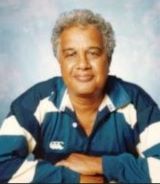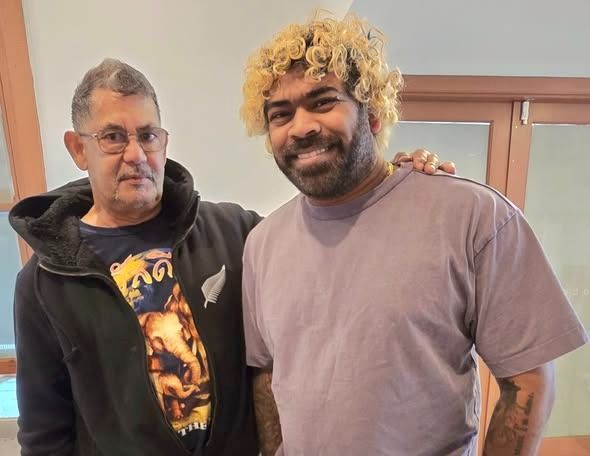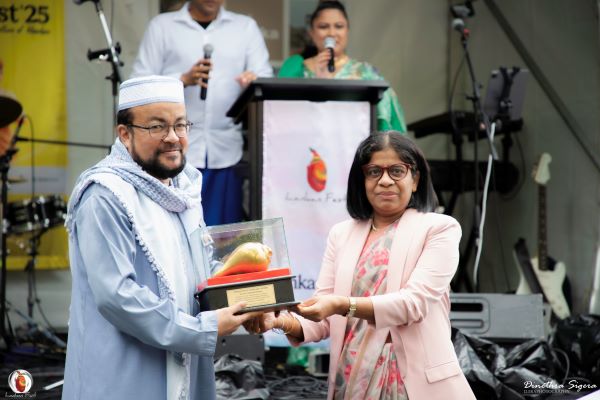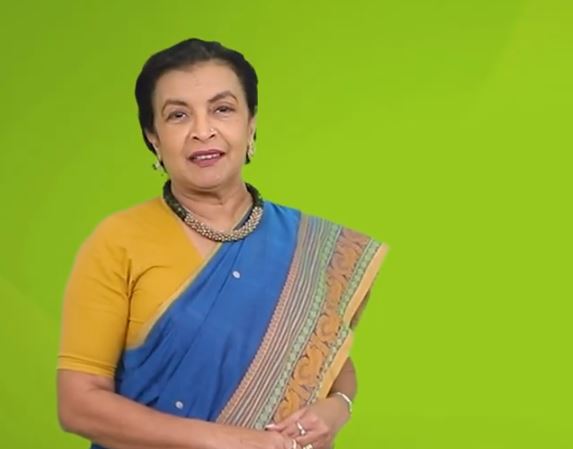Jaya Ganga: The Engineering Marvel of the Kala Oya Valley-by Michael Roberts

Source:Thuppahis
M. Asoka T. De Silva, in The Ceylankan, Journal 103 Vol 26/3, August 2023
Introduction: The first ancient historical record of any type of irrigation work is accredited to an inscription left by King Eannadu of Shirpurla in Southern Baby- lonia, in the ancient Kingdom of Mesopotamia, who had ruled in 4000 BC, and who mentions his construction work of several canals, one of them being known as Lummadimshar, at the side of which he made a reservoir, the first ever on record.
Although the contribution of the migrant Aryans to the Indus Valley civilization has been considered negligible, it is conjectured that they did contribute considerably to the natural aspect of this cultural growth, as there seems to be valid reasons to believe that it was the Aryans who introduced the chariot, the horse and the plough, the last named of which may have considerably changed the cultural pattern of cultivation, as well as their flood irrigation method of cultivation. They have also apparently, had their bronze-smiths who produced tools and weapons that were much superior to those of the previous Harrapan culture.
Thus, it can be conjectured that these Gangetic settlers in North India, may have had some acquaintance with this type of flood irrigation, before they arrived in Ceylon ca 500 BC. Nevertheless, there are no records to indicate that these Aryans brought with them a knowledge of the construction of reservoirs, which as believed by Henry Parker (1909), was neither required, nor made use of in the districts inhabited by their ancestors in India. Although it has been considered possible that the Sinhalese acquired a knowledge of the art of reservoir construction in Southern India, the credit of its further development and extension in the island was due to some of the earliest Sinhalese rulers and their anonymous advisers and engineers.
In fact, the nature of flat plains around the sites of ancient cities of Southern India could not have facilitated the construction of reservoirs with high embankments as observed in the hydraulic civilization of ancient Sri Lanka, and there is no evidence of any such works.
Discussing the ancient models of irrigation, Henry Parker (1909), the British engineer in Colonial Ceylon, states that two different systems were in vogue, depending on the specific circum- stances in each case. In one method the water was impounded in reservoirs from which it was gradually passed out either directly into the fields where it was wanted, or discharged by means of excavated channels down which water flowed into the fields.
In the second method, part of the water flowing down the river was turned into large, excavated channels which conveyed the water to more distant lands or reservoirs by the construction of temporary dams, or permanent masonry dams across rivers below, in order to divert into them a large quantity of water that could other- wise be secured, when the flow of water to rivers begin to diminish.
According to Parker (1909), the first reservoir ever made with an embankment of importance, which required special acquaintance with the principles of reservoir construction, would have been either the Pandawewa (Pandi-vapi), in the North-western Province or the Abhayawewa in the city of Anuradhapura.
The Strange Twins of the Kala Oya Basin
The valley of the Kala Oya had been the focus of an engineering marvel of ancient Sri Lanka. It is a matter of great interest that some of the early writers, scholars and even many colonial masters had taken such great delight and sobriety in peering into the misty past of the Island’s hydraulic civilization through the knowledge of men with traditional wisdom.
Henry Parker (1909) as well as R. L. Brohier (1965), had not only shown the highest regard to ancient folklore and traditions, but also paid homage to the ingenuity and veracity of the system of indigenous wisdom and method of knowledge transfer, a unique South Asian tradition that made it possible not only to transliterate the great philosophy and teachings of Lord Buddha, but also chronicle and narrate the historical evolution of Sri Lanka. It is this tradition that facilitated and guided in many instances the investigations into the ancient hydraulic and engineering feats of the country.
Fig 1- The Kalaweva Spill (From Arumugam, 1968)
Brohier (1965), describes the folklore that brought to light the origin and subsequent historical passage towards the creation of the “Kala Reservoir”. As in most other instances, the existence of ancient monuments and rock inscriptions in close proximity to such works, established the veracity of traditions. The two reservoirs that cast a spell on the panorama of the Kala Oya valley, were the Kalaweva and the Balaluwewa (the Strange Twins).
The description that follows is based on the narratives of R. L. Brohier (1965), and that of Architect Udula Bandara Awsadahami (2007), both of whom had taken a close look at this magnificent engineering marvel.
The Kala Oya drains the water from the northern most regions of the central hills and travels a distance of about 100 miles carrying a total annual run-off of 860,000-acre feet of water from a watershed of about 1000 square miles.Along its route, it is said to have served more than 300 small tanks of various sizes with an ingenious network of canals, one set of which served the two tanks, Kalaweva and Balaluwewa. The Kalaweva is located on the right side of the Kala Oya, while Balaluwewa is on the left side, the two tanks being separated by a corridor (land mass) of about half a mile in breadth.
Apparently, to ensure food security, King Dhatusena is said to have conceived the idea in the 5th Century AD of forming a massive reservoir by throwing back the waters of the Kala Oya with an embankment, the consequence of which 300 square miles of its watershed were sub- merged, thereby conjoining the two reservoirs. This embankment, which is said to have created in a stupendous spill, had been constructed with hammered granite, excellently dressed, and flattened at the crest, with an intervening depression between the Kalaweva and Balaluwewa, allowing for the exit of flood waters. The splendour of this ancient engineering marvel according to Brohier (1965), could be seen at its best at the time when the “surcharged lake spills in riotous abandonment”.
Fig 2 – The Jaya-Ganga (Yoda Ela) that Meanders Through a Natural Thick Forest Ecosystem at an Incredible Gradient of no more than 7 inches per mile in its First 17 Miles. (Reproduced from Awsadahami, 2007)
The King also ensured that the overflowing water from this large lake should ultimately be carried in a giant 40-foot-wide cross-basin canal, the Yoda Ela, a distance of 54 miles to Anuradhapura, to replenish and ensure adequacy of water in the city reservoirs.
Brohier (1965) states, that it verily baffles understanding of how a canal of this magnitude could have been planned and executed over such a difficult terrain nearly 1500 years ago. This canal, also known as Jaya-ganga, meanders over the first 17 miles at an unbelievable gradient of no more than 7 inches to a mile. Thereafter it is led in deep gorges across saddles between water- sheds.
According to Awsadahami (2007), the Jaya-ganga which meanders along the upstream water’s edge of the small reservoirs lying immediately below it, flowed gently along the surface of the terrain bordering the traditionally preserved thick jungle corridors, and in the process drawing, and draining the rain and flood waters of small streams.
Thus, apart from the technological inge- nuity of this complex hydraulic system, it con- forms and measures up to the best principles of ecology, whereby the canal, apart from conveying the surplus water from the reservoir system and the flood waters of the cross streams, scientifical- ly taps and drains optimally the precious resource from the sub-soil springs of the surrounding mi- cro-climatic ecosystem, while also ensuring least loss of water through surface evaporation. This traditional wisdom and knowledge system of our forebearers ensured the performance of such a multiplicity of service functions of reservoirs and cross-basin canal networks, that continues to baffle the present-day environmentalists, engineers, scientists, and development planners, many of whom were the participants in dismal reconstruction efforts of such hydraulic systems.
References
- Awsadahami, U.B. (2000). “Salient Features of the Traditional Human-made Eco-agriculture Landscape in Sri Lanka” in L.O. Mendis ed, Learning from Ancient Hydraulic Civilization to combat Climate Change.
- Brohier, L. (1965). Seeing Ceylon, Sooriya Publishers, Ceylon.
- Parker, Henry (1909). Ancient Ceylon, 4th Ed., Asian Educational Services, New Delhi.
- Marasinghe, M. J. (1974). Gods in Buddhism – Origins, Functions and Relevance, Sarasavi Publishers (Pvt), Nugegoda Sri Lanka.
Nuwaraweva with the Ruvanvelisaya in the distance
Fig 3 (below) – the Entry Point of the Yoda Ela to the Nachchaduwa Tank at Anuradhapura, which had served to replenish the city tanks during dry weather.



























